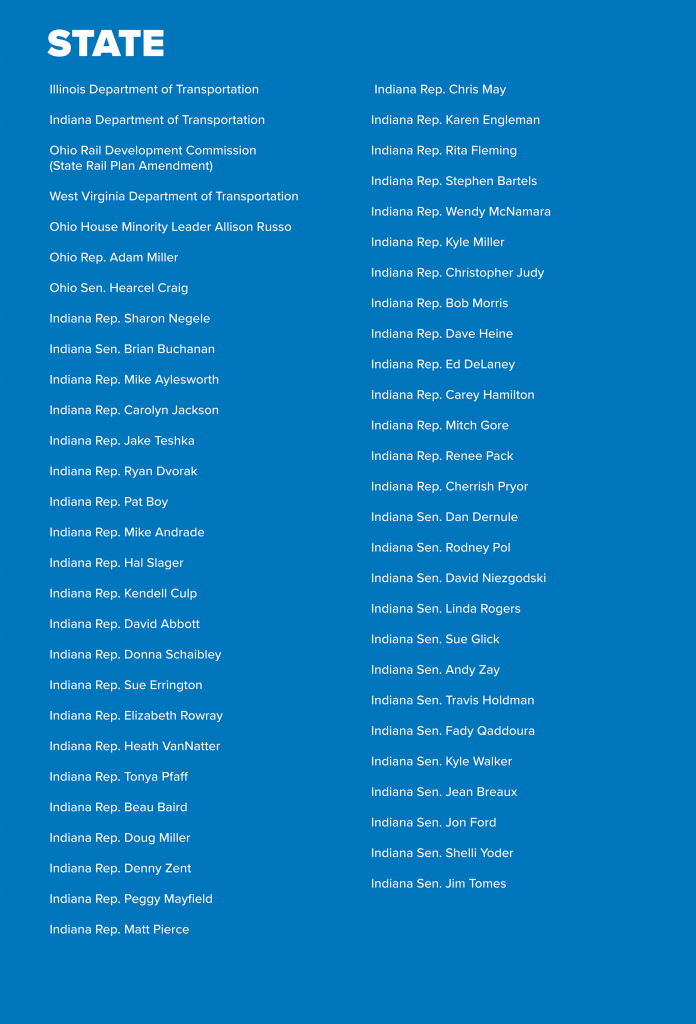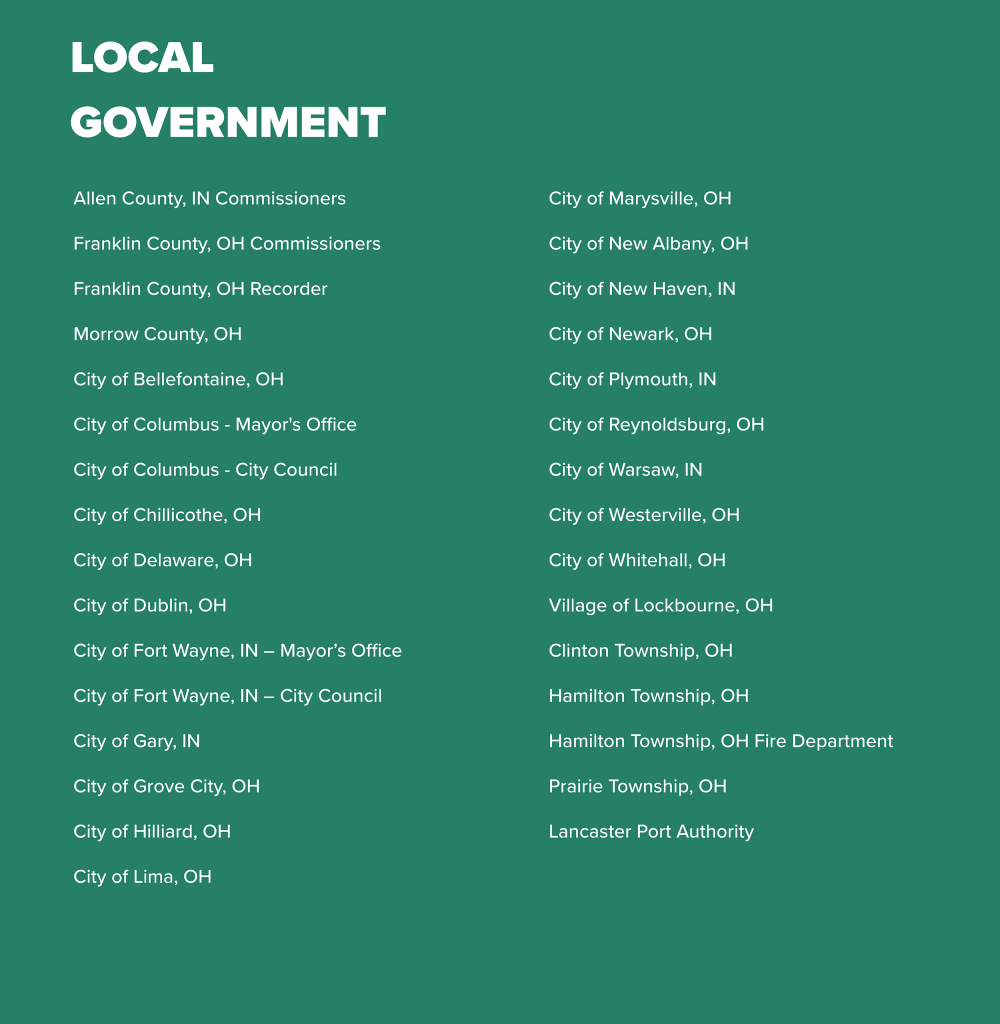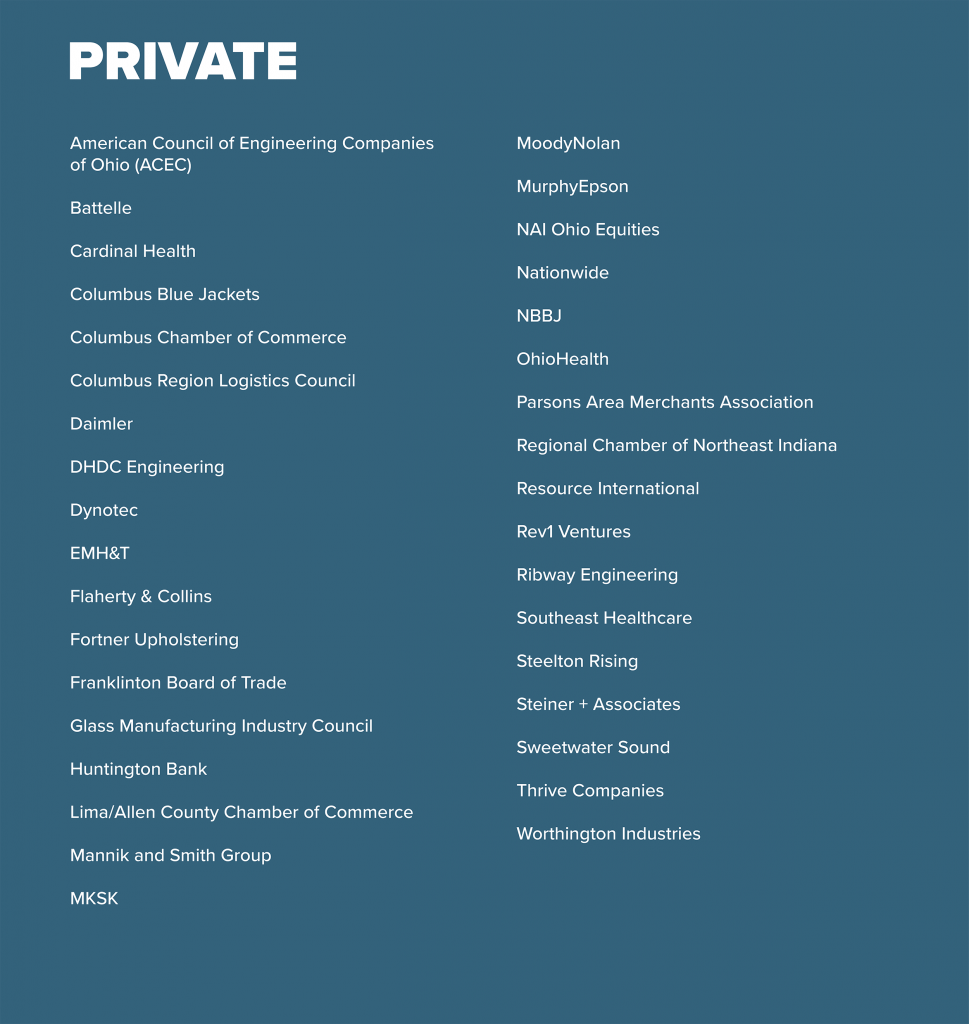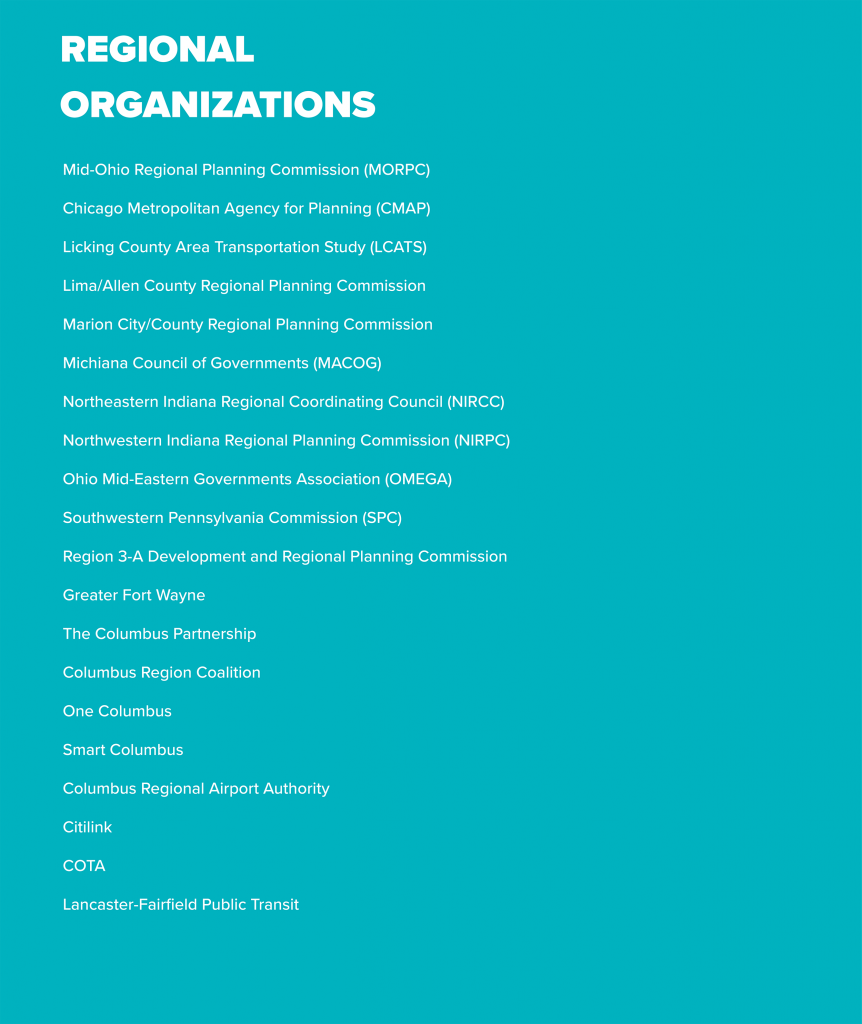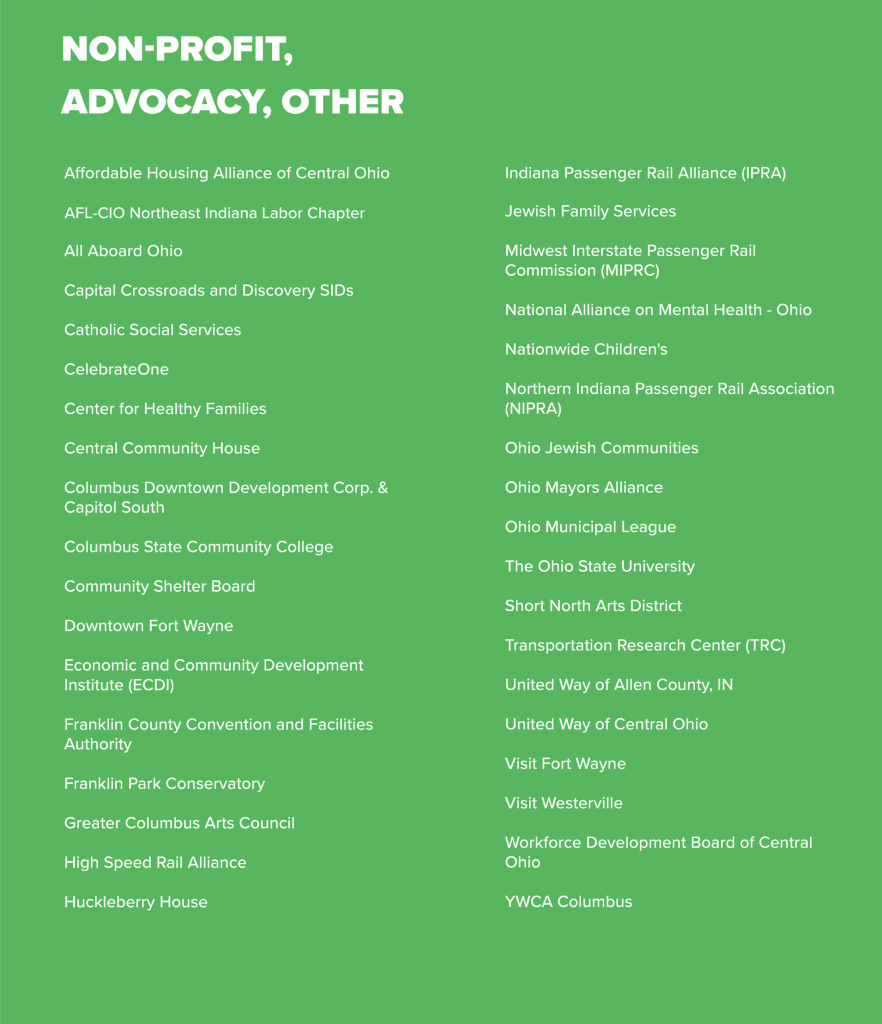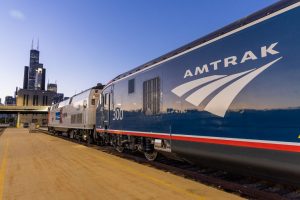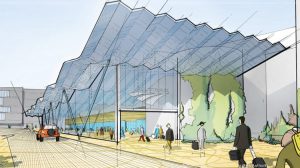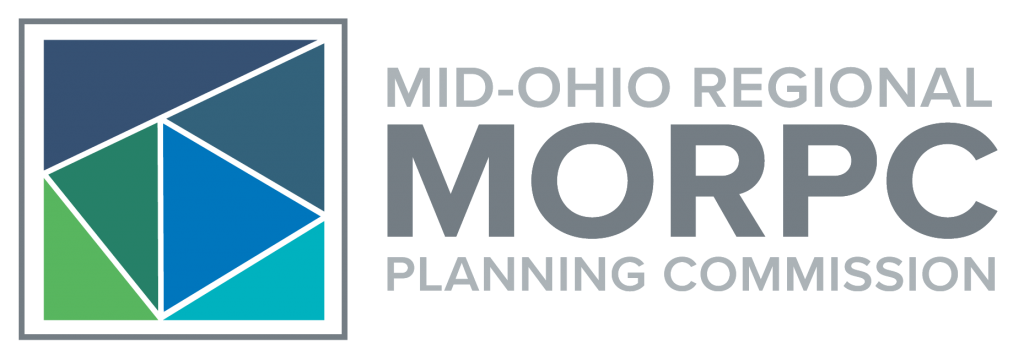The Federal Railroad Administration’s (FRA) Corridor Identification and Development (Corridor ID) Program, established by the Bipartisan Infrastructure Law, is intended to coordinate planning and development activities for potential new or enhanced passenger rail service across the nation.
The program will allow potential sponsors and supporters to work with the FRA to take a comprehensive approach to route development that minimizes operational risk to providers while maximizing traveler and freight benefits. This could lead to improved freight service as well as restored passenger service to rural, Appalachian Ohio, suburban, and urban areas while creating new workforce access and spurring economic development.
The program consists of three steps to identify the characteristics (e.g., station locations, frequencies, financial plan, etc.) necessary to establish service along the route, complete preliminary engineering for any needed capital improvements, and perform necessary environmental studies. MORPC is supporting two grant applications for $500,000 each to begin the first step of the program and ultimately prepare these passenger rail corridors for future service.
Applicant: Ohio Rail Development Commission (ORDC)
Application Partners: Ohio-Kentucky-Indiana Regional Council of Governments (OKI), Miami Valley Regional Planning Commission (MVRPC), Mid-Ohio Regional Planning Commission (MORPC), Northeast Ohio Areawide Coordinating Agency (NOACA)
Description: The Cleveland-Columbus-Dayton-Cincinnati Corridor (3C&D) is a proposed passenger rail corridor that connects Ohio’s four largest Combined Statistical Areas: Cleveland (1st); Columbus (2nd); Cincinnati (3rd); and Dayton (4th). More than 57% of Ohio’s 11.8 million residents live in the metropolitan areas encompassing these cities. As the most important travel hubs in Ohio, an intercity passenger rail service in this corridor will provide an alternative surface transportation mode where none exists, allowing travelers to choose the mode of travel most enjoyable, accessible, and relevant to their trip. The 3C&D Corridor would provide access to major economic opportunities for small and large businesses and strengthen the state’s service, manufacturing, and tourism industries while protecting the environment from increased vehicular energy consumption and emissions.
Applicants: City of Fort Wayne (lead), Mid-Ohio Regional Planning Commission (MORPC)
Application Partners: Northern Indiana Passenger Rail Association (NIPRA), Northwestern Indiana Regional Planning Commission (NIRPC), Michiana Area Council of Governments (MACOG), Northeastern Indiana Regional Coordinating Council (NIRCC), Lima/Allen County Regional Planning Commission (LACRPC), Licking County Area Transportation Study (LCATS), Ohio Mid-Eastern Governments Association (OMEGA), Brooke-Hancock-Jefferson Transportation Study (BHJTS), Southwest Pennsylvania Commission (SPC)
Description: With a total population of 14.7 million, the Chicago-Fort Wayne-Columbus-Pittsburgh Midwest Connect corridor is distinguished for its growing population, large industries, access to jobs, its centrality as an economic hub in the Midwest, and its ability to connect America’s Midwest and Eastern regions. Acceptance into the Corridor ID Program would reestablish passenger rail through the American Heartland to address the challenges experienced along the Corridor today, which includes the need for more equitable, safe, reliable, direct, and non-polluting transportation options that will make the Corridor more economically competitive while also investing in disadvantaged communities. To maintain cost-effectiveness, the service would operate primarily on existing freight railroad right-of-way that could be developed into one of America’s premier high-speed rail trunk lines due to its superior location and geometry. Studied by various partners for over a decade, the reestablishment of passenger rail in the Corridor would be a low-risk investment that will establish an equitable, healthy, and thriving central transportation system for millions of people.
